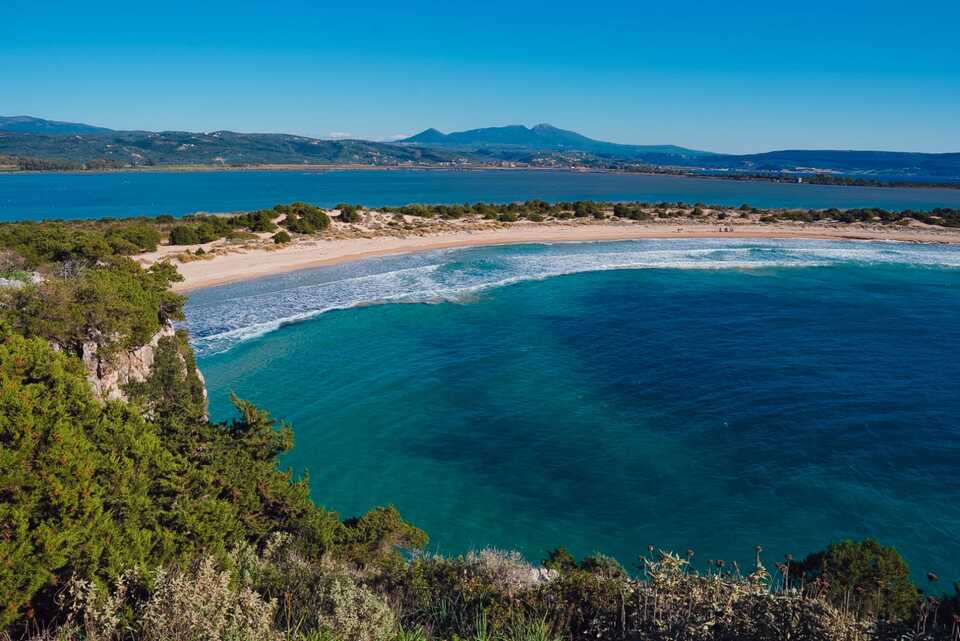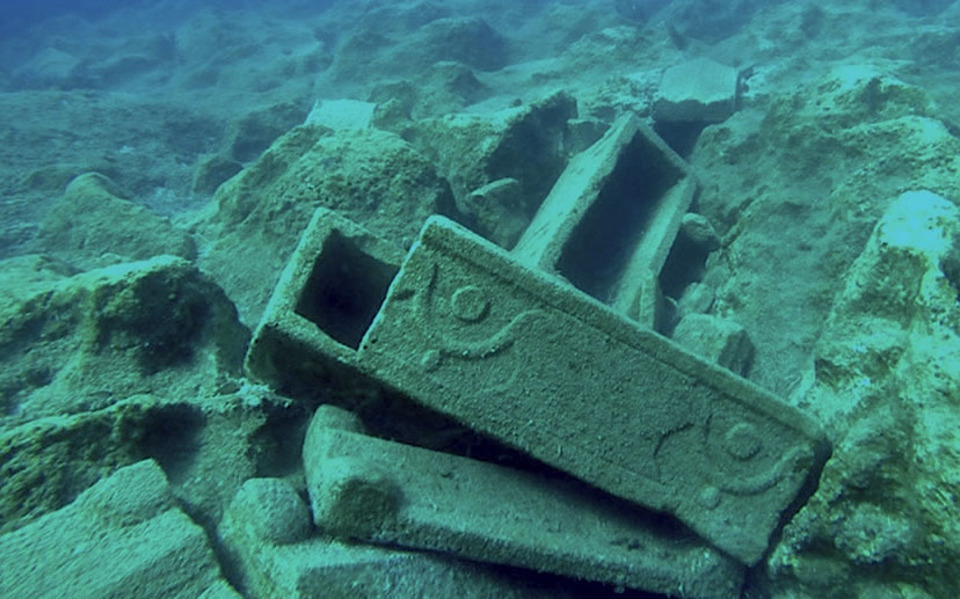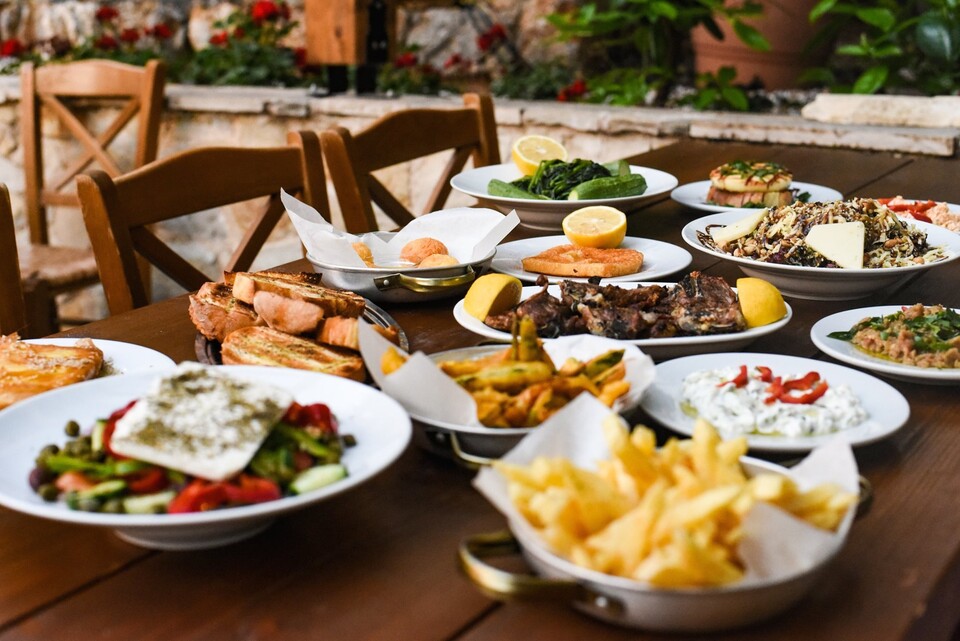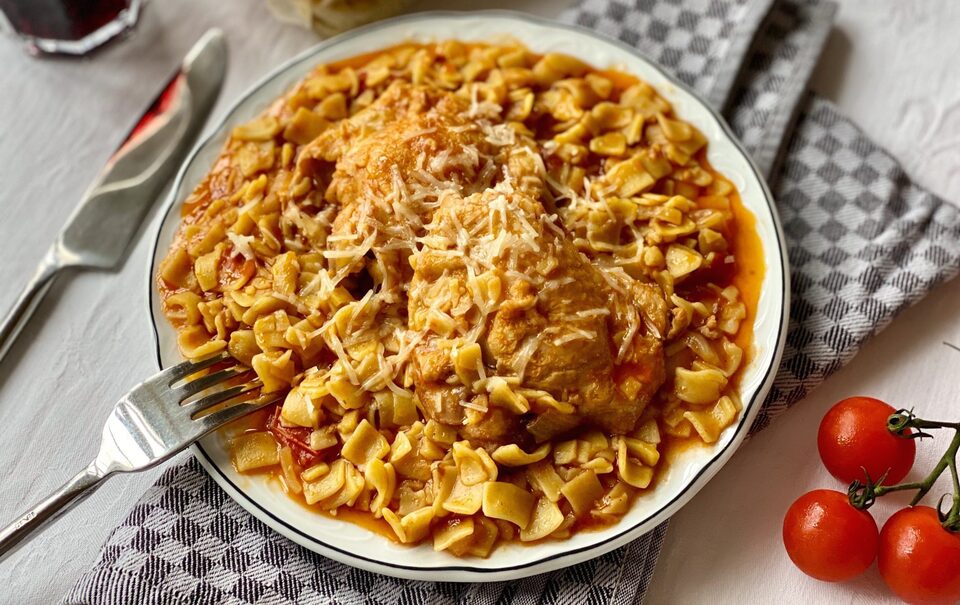Scuba Diving
5 Reasons Why you Should do Scuba Diving in Messinia
Written by Scuba Turtles | 28 May 2023

Welcome to Messinia, a gorgeous destination located in the heart of the Peloponnese region of Greece. This picturesque region is known for its history, landscapes, and ancient ruins, but it also offers underwater wonders to divers. Let us guide you through the enchanting world of diving in Messinia.
Unveiling the Underwater Secrets.
1. Vibrant Marine Life
Dive into the vibrant underwater world of the Ionian Sea and discover a variety of marine life like no other. From schools of fish to unique and fascinating creatures like octopuses, moray eels, sea turtles, rays and seahorses, every dive brings an unexpected surprise. Embark on an underwater journey and discover nature’s wonders beneath the waves.

2. Spectacular Dive Sites
Divers of all levels can enjoy the amazing dive sites off Messinia’s coasts. From easy shore dives to thrilling cave explorations, the region offers a diverse range of underwater landscapes to explore. For example, on Proti Island you can explore more than fifteen dive sites where you will discover wrecks, caves and colorful walls. Not far from there, you will find Navarino protected underwater park. This park is famous for the array of ancient artifacts and wrecks that hold its waters.
Don’t miss the chance to dive into legendary underwater caves and ancient shipwrecks that hold stories of the past.

3. Pristine Waters and Visibility
Experience unparalleled clarity as you plunge into the pristine waters of Messinia. With excellent visibility that often exceeds 30 meters, divers are treated to awe-inspiring views of underwater rock formations, sea grass meadows, vibrant sponges, and thriving marine ecosystems.

4. Dive Training and Certification
Whether you’re a seasoned diver or a novice looking to embark on your first underwater adventure, Messinia offers a range of dive centers and schools that provide professional training and certification. Dive instructors with extensive knowledge of the local marine life and dive sites ensure a safe and unforgettable experience.

5. Conservation Efforts
Messinia is dedicated to preserving its marine ecosystem and promoting sustainable diving practices. Several initiatives and organizations work tirelessly to protect the underwater habitats, ensuring that future generations can continue to marvel at the region’s natural beauty.
If you want to volunteer or donate to protect the sea turtles in the area, please visit Archelon site.
Embarking on a diving journey in the Ionian sea promises an unforgettable experience for both seasoned divers and beginners alike. The region’s vibrant marine life, spectacular dive sites, pristine waters, and commitment to conservation create an ideal environment for exploration and appreciation of the underwater world. Whether you’re fascinated by ancient shipwrecks, intrigued by the diversity of marine species, or simply seeking tranquility beneath the waves, Messinia offers it all.







